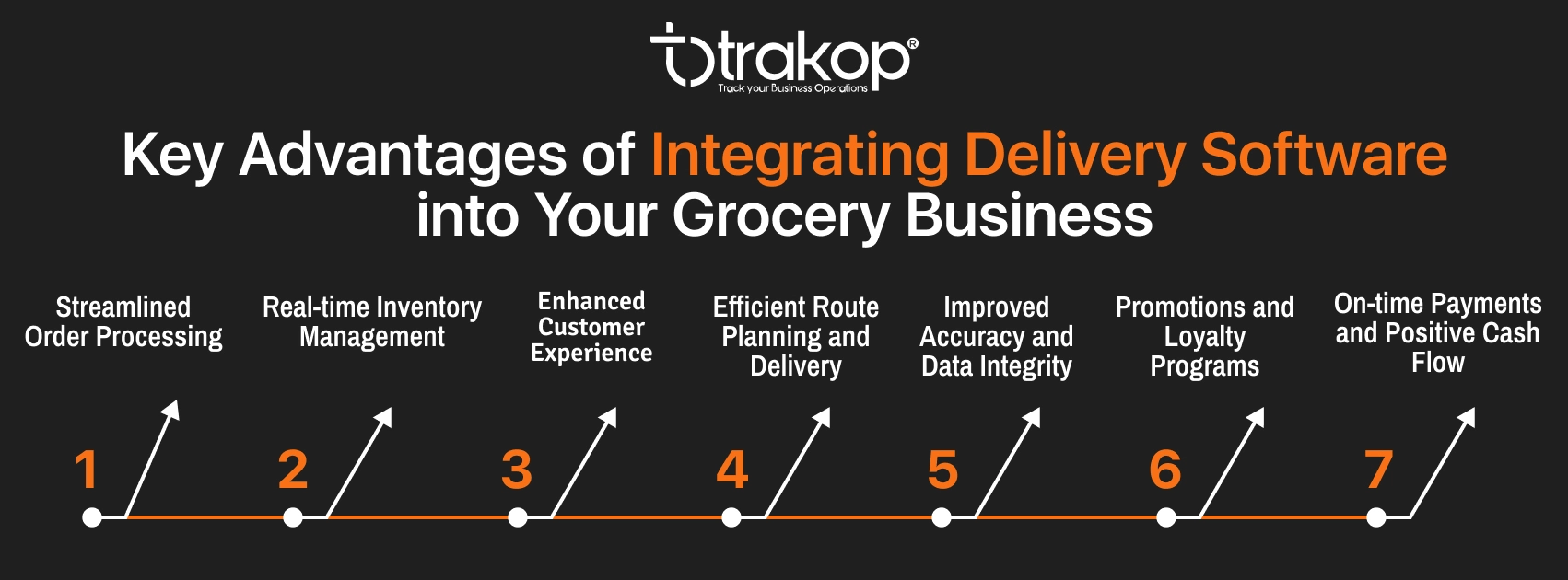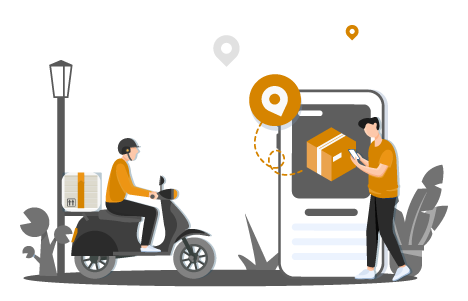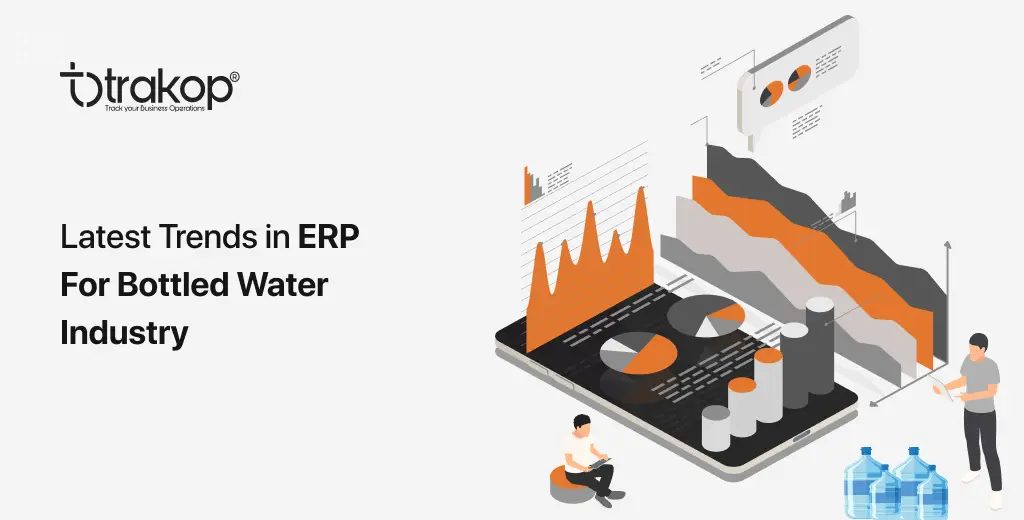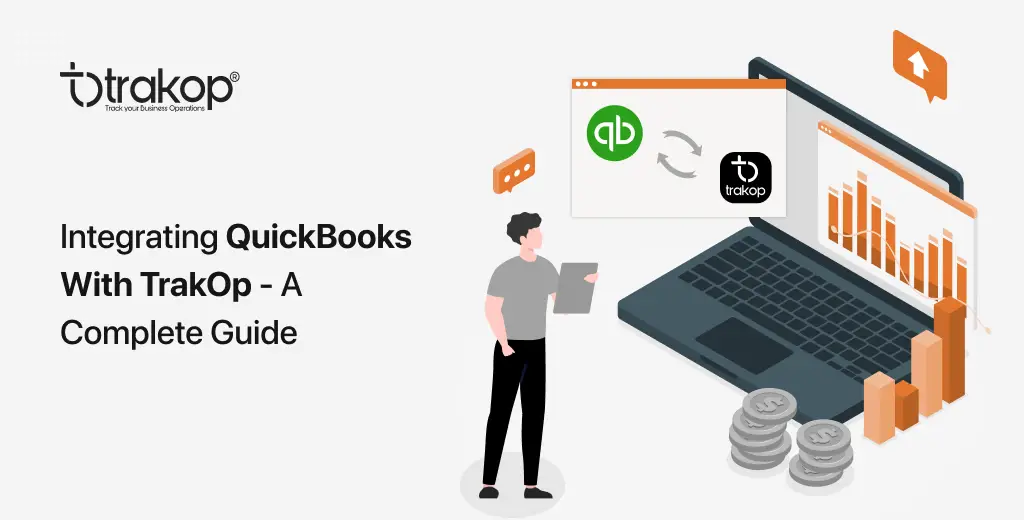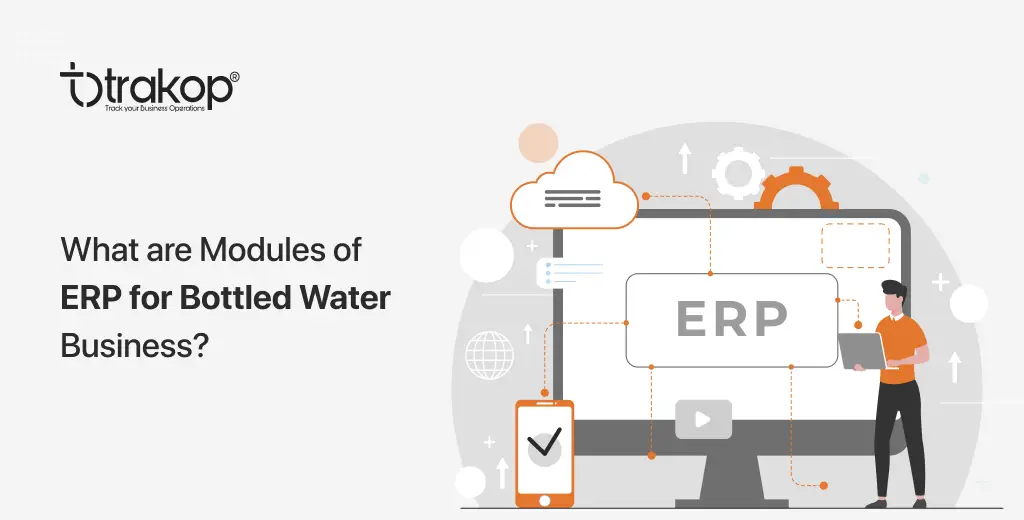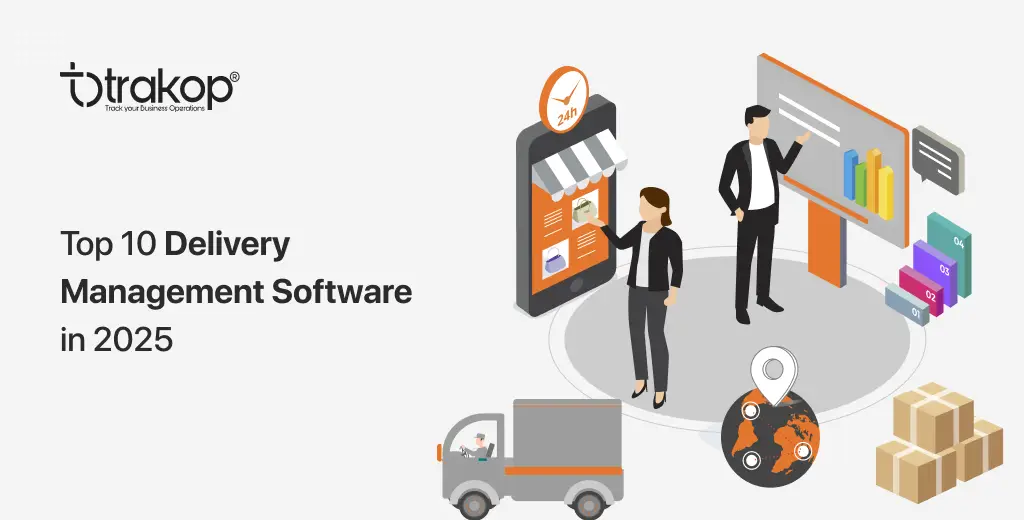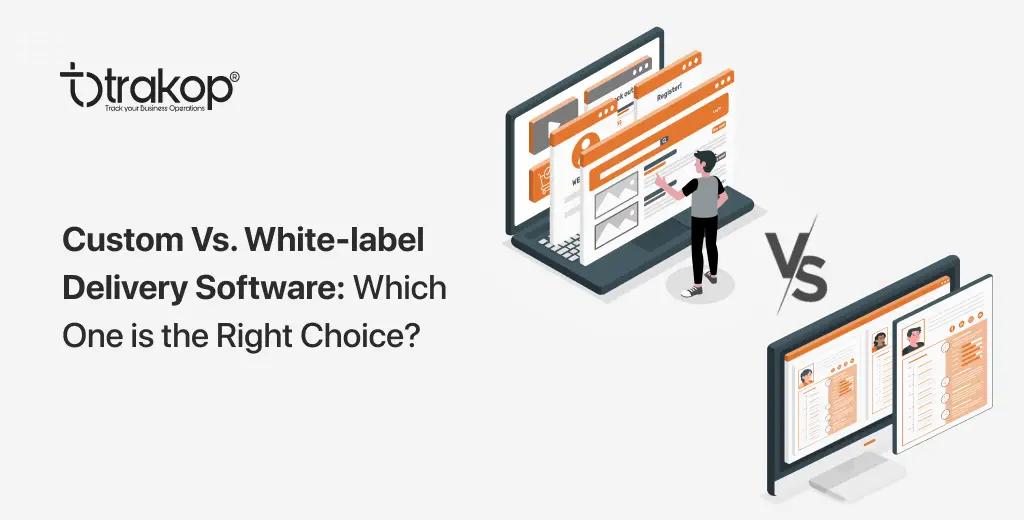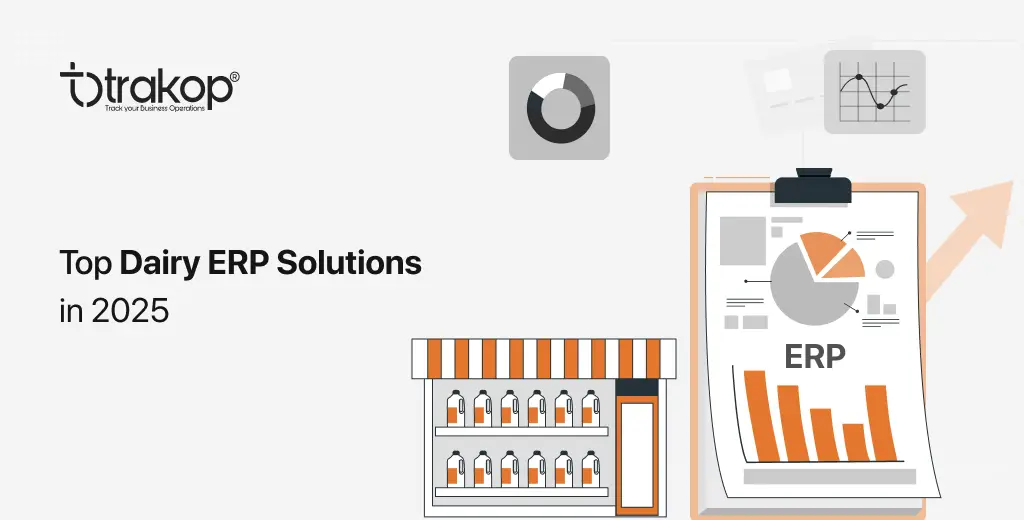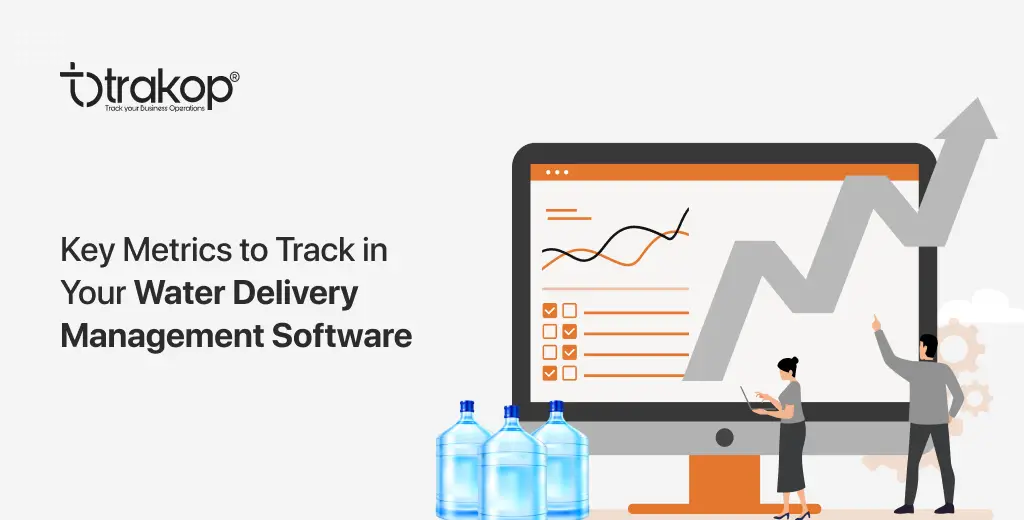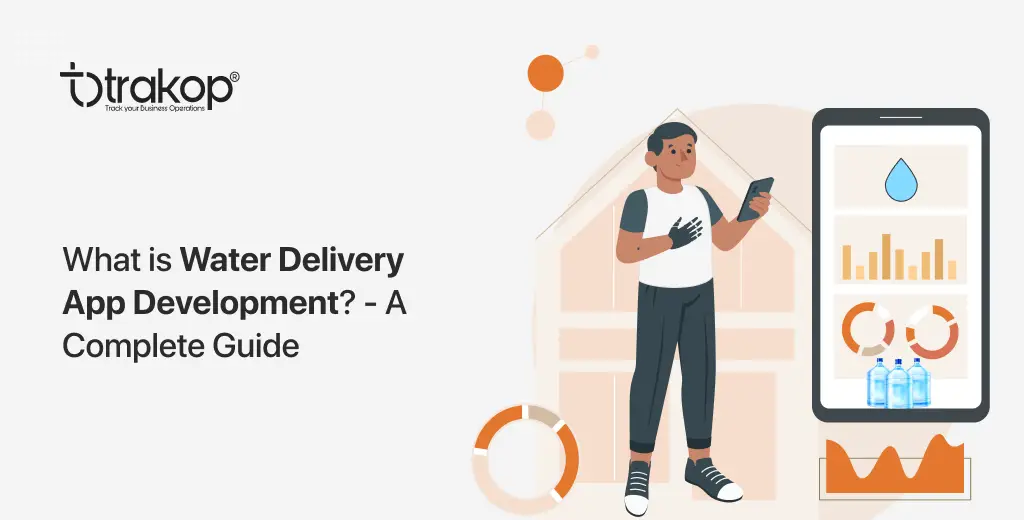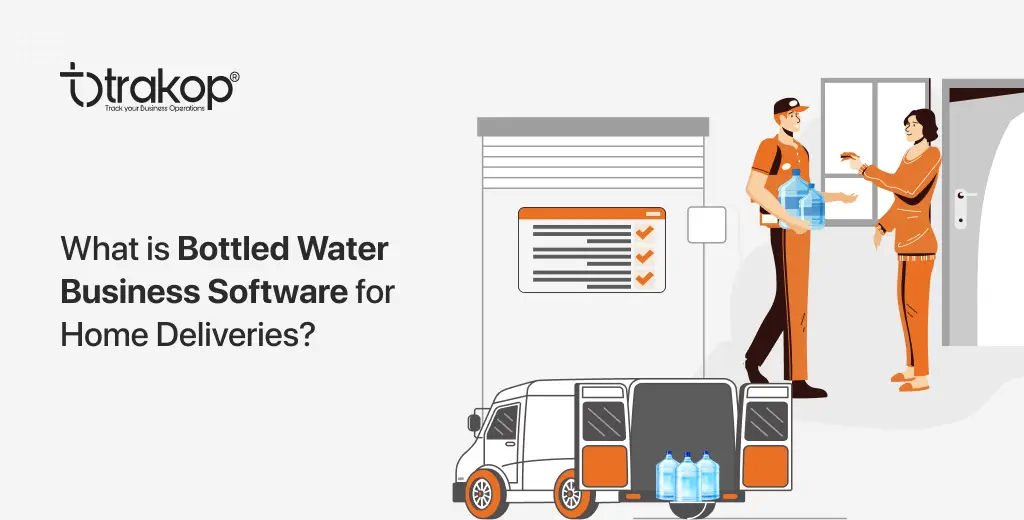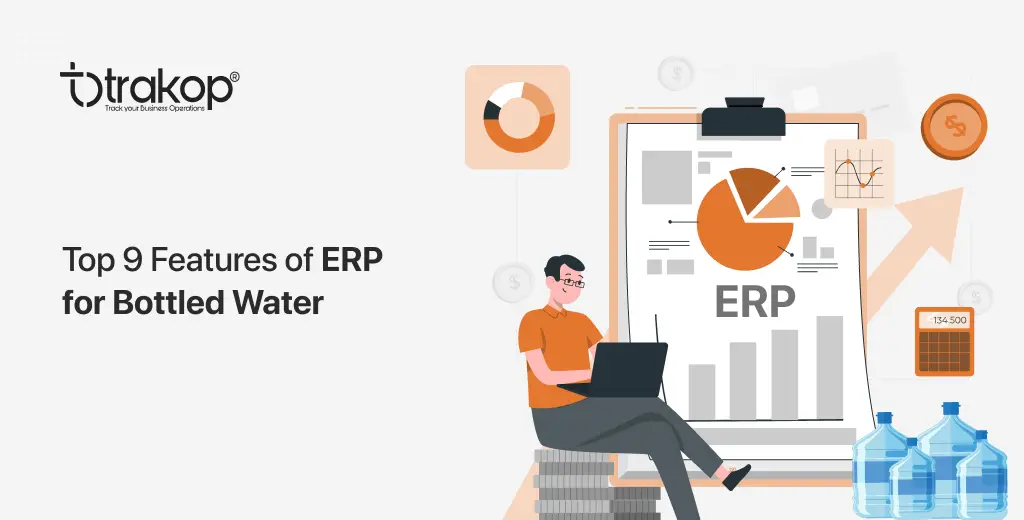Grocery Delivery Software – A Complete Guide
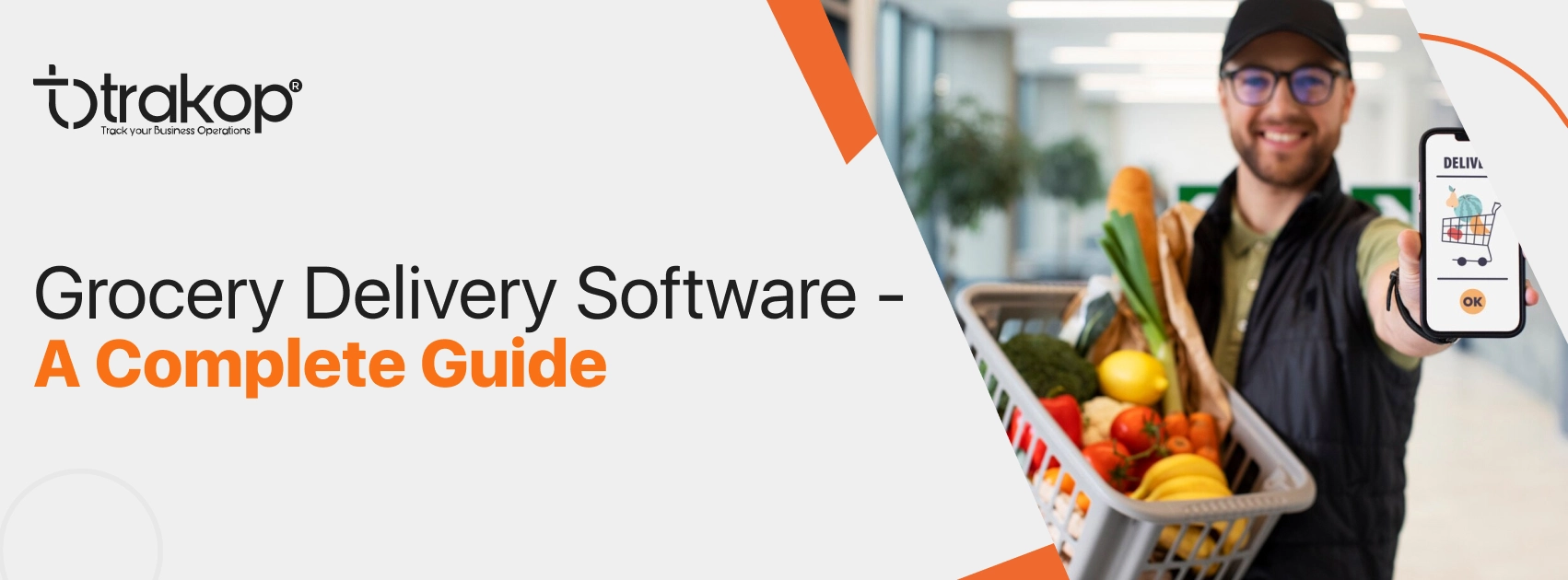
Grocery delivery software has undergone an extensive transformation in an era where convenience and the customer experience are paramount. People have switched from visiting stores for grocery shopping to ordering online, bringing the stores and variety to their fingertips. Regardless of your grocery business, it has become crucial to adopt digitisation to reach the masses without spending much on marketing and advertising. The online platform offers a seamless order-to-delivery process, efficient inventory management, automated payment management, and delivery management, improving the efficiency and profitability of the business.
In this blog, we’ll discuss the features of grocery delivery software, its benefits to consumers and retailers and how it reshapes the grocery shopping ritual.
What is grocery delivery software?
Grocery delivery business software is a technological solution that simplifies and improves the ordering process, inventory management, and delivery of groceries to customers. Grocery retailers, supermarkets, and independent delivery services typically use this software to facilitate online grocery shopping and delivery. Online grocery delivery software digitises and streamlines the entire grocery shopping process. It offers convenience, efficiency, and an enhanced customer experience in the rapidly growing domain of online grocery retail.
The main components of grocery delivery software are:
There are three main components of grocery delivery software. These components are the admin panel, the driver’s delivery application, and the customer application and website. These components work in sync, resulting in a real-time update.
The admin panel
It is a centralised dashboard or control interface in the software for grocery delivery that administrators or authorised personnel can use to manage the grocery delivery service’s operations. The admin panel is the software’s nerve centre, with various tools and features for efficiently overseeing and controlling various aspects of the scheduled grocery delivery process.
The admin panel of scheduled grocery delivery software typically contains the following key components and functionalities:
Order management – The managers can manage and track incoming orders and statuses and process them accordingly. Managing orders includes processes like confirming orders, assigning delivery drivers, and updating the status of the deliveries in real time.
Inventory control – The business manager can manage the product catalogue and inventory. They can add or remove items, update product details, and monitor stock levels to ensure the accurate availability of the products for customers.
Delivery scheduling – The admins can define schedules and coordinate delivery routes and times according to their preferences. This process includes optimising delivery schedules, ensuring efficient use of resources, and offering timely deliveries based on customer preferences.
Payment processing – The admins can track transactions and integrate secure payment gateways. Admins can view payment histories and handle refunds if necessary, ensuring seamless financial management.
Analytics and reports – The system offers advanced analytics with insights into various metrics, such as order trends, popular products, delivery performance, and customer behaviour. Analytics allows businesses to take a data-driven approach that helps in decision-making and optimisation.
Communication and notification – The admin can send automated updates, notifications, and announcements to customers and delivery drivers, promoting effective communication throughout the delivery.
The delivery driver application
A delivery driver app is a specific mobile application of scheduled grocery delivery software. Its purpose is to make it easier and more efficient for drivers to deliver groceries from the store or fulfilment centre to the customer’s door. This app is a crucial component of the larger ecosystem of grocery delivery software, improving overall logistics management, efficiency, and real-time communication.
Key features of a delivery driver app in scheduled grocery delivery software include:
Order assignment – Delivery drivers can access information about assigned orders via the app, including customer details, delivery addresses, and scheduled delivery times. By doing this, drivers receive all the information required for successful order fulfilment.
Real-time updates – Delivery driver apps provide real-time updates on orders. Real-time updates include notifications for dispatch, order confirmation, and any adjustments to the delivery schedule. Drivers can stay informed and give customers accurate updates with real-time information.
Route optimisation – Route optimisation planning is the most efficient and time-saving delivery route, minimising turnaround time and fuel consumption and enhancing overall delivery efficiency.
GPS tracking – The GPS feature allows delivery drivers and the admin to monitor the delivery driver’s location. Tracking in real-time ensures on-schedule and promotes transparency for the customers.
Electronic proof of delivery – The driver app allows to obtain proof of delivery by capturing digital signatures, taking photos, or inputting additional delivery notes. Proof of delivery helps confirm successful deliveries and assists in cases of discrepancies.
Communication tools – The driver app consists of in-app communication tools that allow drivers to connect with customers. These tools allow them to send messages and address customer inquiries.
Customer interface (iOS, Android and Website)
The user interface refers to the graphical and interactive platform where users (customers) interact with the software and manage their grocery orders. Customers interact directly with this portion of the software, which offers an easy-to-use interface for product browsing, ordering, delivery scheduling, and account management.
The following are important elements and characteristics commonly present in the scheduled grocery delivery software’s user interface:
User registration and user – Customers can create accounts and securely log in to access personalised services by using the interface’s features for user registration and login.
Product catalogue – Customers can browse through different grocery categories, view product details, and add items to their virtual shopping carts using an orderly product catalogue.
Shopping cart management – Before the customer checks out, they can manage their shopping carts, check the products they have chosen, change the quantities, and add or remove items.
Order placement and scheduling – The platform allows customers to place orders, select time slots, and schedule deliveries according to their preferences.
Order history and tracking – The customers can access their order history, allowing them to monitor their past purchases. Customers can monitor the status of their upcoming orders, including confirmation, dispatch, and delivery updates.
Feedback – The customers can provide feedback, ratings, and reviews for products and the shopping experience. Feedback provides value for customers and retailers to assess and improve service quality.
The key features of grocery delivery software
It is a comprehensive solution that includes various features to help streamline the entire process, from online ordering to timely delivery. The advanced features of the software work together to provide a seamless, efficient, and enjoyable experience for both customers and retailers. These features’ flexibility and customisation enable businesses to adapt to their target audience’s specific needs and fulfil operational requirements.
Here are specific features commonly found in grocery delivery software:
Inventory management
- The software helps businesses’ inventory management by generating stock reports that include information about available stock, total stock required to fulfil customer demand, and stock that is to be collected to fulfil customer demand.
Route optimisation and real-time tracking
- The process requires seamless coordination between the inventory management system, order processing, and delivery management.
- Auto-route optimisation runs algorithms to create the shortest delivery routes, minimising the total turnaround time.
- Customers can track their order in real-time as it is out for delivery. They also receive an ETA for the order’s arrival.
- The system automates the dispatch process by allocating orders to available delivery personnel or vehicles based on proximity to the delivery location and workload capacity.
Seasonal inventory management
- Adjust inventory levels in response to seasonal demand variations. Efficient inventory reports ensure enough stock during peak seasons while preventing overstocking during slower periods.
Order processing
- Allow customers to place, edit, and cancel orders.
- The order summary and invoices are auto-generated. It minimises the chances of errors.
- The orders are auto-assigned to the delivery drivers based on the route allocated to a particular driver.
- Sends order status updates to the customers as their order is picked, packed, and dispatched.
Payment management
- Allow admins to track and manage payment transactions received, failed transactions, and refunds.
- Offer multiple payment options – The grocery delivery business software offers multiple payment options, including online (payment gateways – Gpay, Paytm, PayPal, and Stripe), in-app wallets, credit and debit cards, and via cash.
- Allow delivery drivers to record cash payments received by the driver, which get auto-updated on the admin panel.
- Allow admins to send late payments and low wallet balance reminders.
The benefits of integrating grocery delivery software
Integrating online grocery delivery software provides a comprehensive solution that optimises business, resulting in improved operational efficiency, customer satisfaction, and market competitiveness. Integrating grocery delivery software into a business operation provides numerous benefits, including increased efficiency, customer satisfaction, and overall business performance.
Here are some key advantages to integrating delivery software into your grocery business:
Streamlined order processing
- Automating order processing eliminates the need to accept orders over the phone or via WhatsApp.
- Offering customers a platform to place and manage orders improves their overall experience.
- Automation reduces the possibility of manual errors.
- Human interference can be reduced without the need to hire additional workers.
Real-time inventory management
- Ensures that businesses never run out of stock.
- Prevents overstocking and stockouts, avoiding financial losses and waste.
Enhanced customer experience
- An improved customer experience fosters customer loyalty, increases customer retention, and reduces the customer churn rate.
- Real-time order tracking improves customer experience because it provides transparency and convenience.
- Happy customers bring repeat sales and new customers through word of mouth.
- A good customer experience increases customer satisfaction scores.
Efficient route planning and delivery
- Delivering through the shortest route reduces turnaround time, ensuring timely deliveries.
- It reduces fuel consumption and delivery costs.
- Minimised fuel usage reduced the impact on carbon footprinting due to carbon dioxide emissions.
Improved accuracy and data integrity
- The grocery home delivery software is an integrated platform that doesn’t require different systems for different business operations.
- All the data is centralised in a single system.
- There is no lag when any data gets updated in a process.
Promotions and loyalty programs
- Promotions bring new customers on board and facilitate their acquisition.
- Loyalty programs improve customer retention rates and customer lifetime value.
Data-driven decision
- The analytics and reports allow businesses to make rational future business decisions.
Cost savings and scalability
- Automation doesn’t require hiring extra workers.
- There are minimal chances of errors that don’t require rework.
On-time payments and positive cash flow
- Pending payments and low balance reminders allow customers to make timely payments.
- Timely payments ensure positive cash flow and remove debt.
The best grocery delivery software gives your customers the convenience of browsing, ordering, and receiving groceries at the click of a button, making it an integral part of our daily lives. As we bid farewell to the virtual aisles, we can confidently say that the future of grocery shopping is here, and it’s digital, efficient, and customer-centric. Grocery delivery software provides a comprehensive solution to modern consumers’ evolving needs, including real-time order tracking and seamless integration with delivery logistics to ensure timely doorstep deliveries. As businesses embrace this digital evolution, they meet the demands of today’s tech-savvy consumers and gain a competitive edge in a rapidly evolving market. Book a demo with our tech experts to see how Trakop can help your grocery delivery business.
Hope You Enjoyed the Read!

He loves to explore. His passion for helping delivery industries in all aspects flows through in the vision he has. In addition to providing smart solution to make delivery process flawless, Ravi also likes to write sometimes to make it easier for people from business industry looking for digital solutions.
